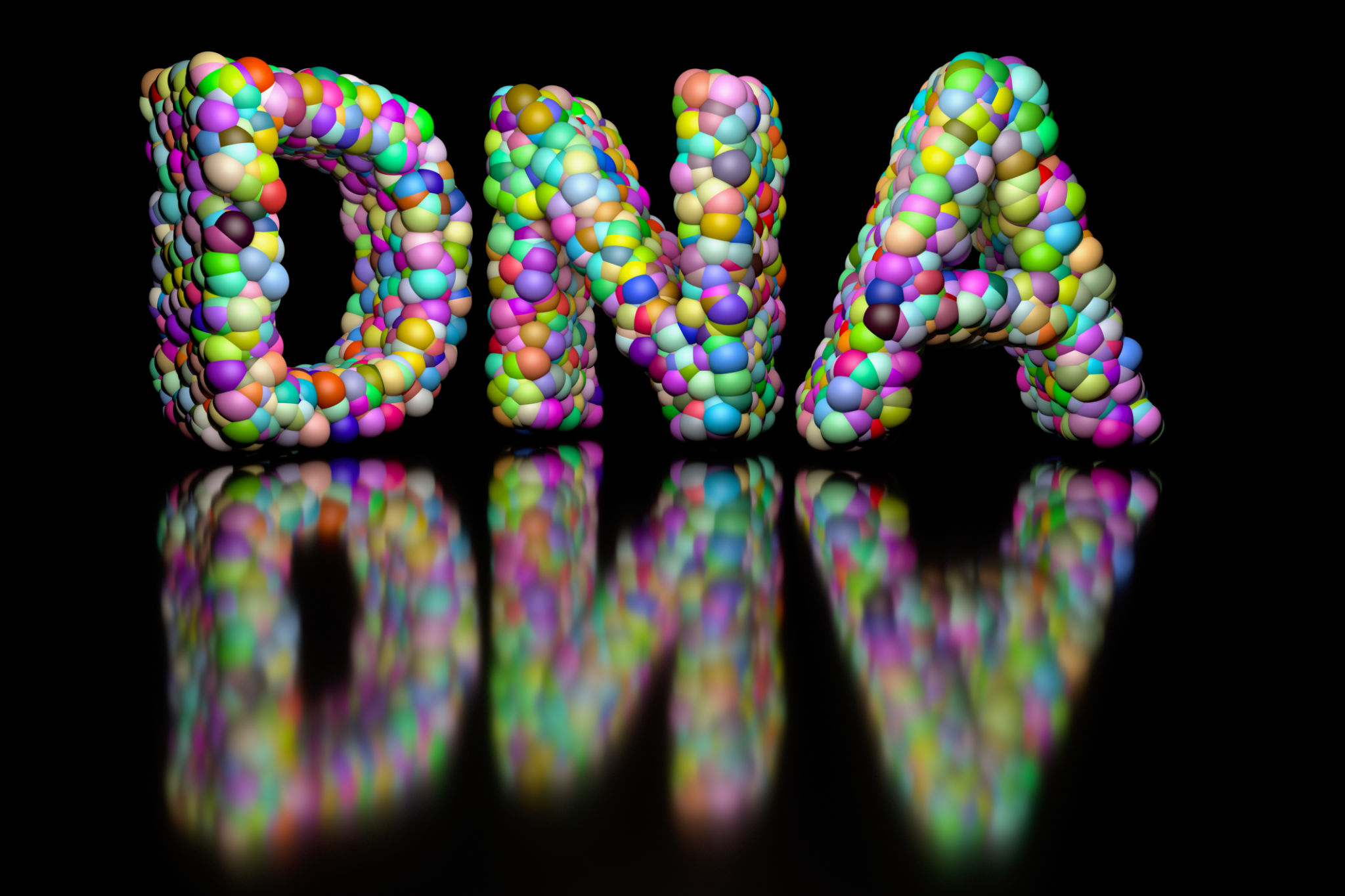Understanding the Basics of Stem Cell Therapy: What You Need to Know
Introduction to Stem Cell Therapy
Stem cell therapy is an exciting and rapidly evolving field within medical science that holds the promise of revolutionizing the way we treat a variety of diseases and injuries. Its potential to regenerate damaged tissues and organs offers hope for patients suffering from conditions that were previously considered untreatable.
At its core, stem cell therapy involves the use of stem cells, which are unique because they have the ability to develop into many different cell types in the body. This capability makes them a powerful tool in regenerative medicine, potentially addressing issues ranging from heart disease to neurological disorders.

What Are Stem Cells?
Stem cells are the body's raw materials—cells from which all other cells with specialized functions are generated. Under the right conditions, these cells can divide to form more cells called daughter cells. These daughter cells can either become new stem cells or become specialized cells with a specific function, such as blood cells, brain cells, or muscle cells.
There are two main types of stem cells: embryonic stem cells and adult stem cells. Each type has its own strengths and potential applications in medical treatments. Embryonic stem cells are pluripotent, meaning they can turn into more than 200 different types of cells found in the human body.
Embryonic vs. Adult Stem Cells
Embryonic stem cells are derived from embryos that are three to five days old. These cells are incredibly versatile and have the potential to develop into any cell type in the body. In contrast, adult stem cells are found in small numbers in most adult tissues, such as bone marrow or fat. They have a more limited ability to give rise to various cells of the body.

Applications of Stem Cell Therapy
Stem cell therapy is being explored for a wide range of applications. One of the most promising areas is in the treatment of degenerative diseases, such as Parkinson's disease, where stem cells can be used to replace damaged neurons. Additionally, research is ongoing in using stem cells for heart repair after heart attacks, where they can help regenerate damaged heart tissue.
Another significant application is in bone marrow transplants for treating blood-related diseases like leukemia and lymphoma. Here, stem cells are used to replace the damaged bone marrow and restore healthy blood cell production.
Challenges and Considerations
Despite its potential, stem cell therapy is not without challenges. One of the primary concerns is the ethical implications surrounding the use of embryonic stem cells. Additionally, there are technical challenges in ensuring that transplanted stem cells integrate properly with existing tissues and do not cause adverse effects.

The Future of Stem Cell Therapy
The future of stem cell therapy looks promising, with ongoing research continually uncovering new possibilities for treatment. Advances in technology and a deeper understanding of cellular biology are paving the way for more effective and safer therapies.
Researchers are also exploring the use of induced pluripotent stem cells (iPSCs), which are adult cells reprogrammed to behave like embryonic stem cells. This approach could potentially overcome some of the ethical concerns associated with using embryonic stem cells.
Conclusion
Stem cell therapy represents a frontier in medicine that could transform how we approach healing and recovery. While there are still hurdles to overcome, the potential benefits make it a field worth watching closely. As research progresses, it holds the promise of offering new hope for countless patients worldwide.